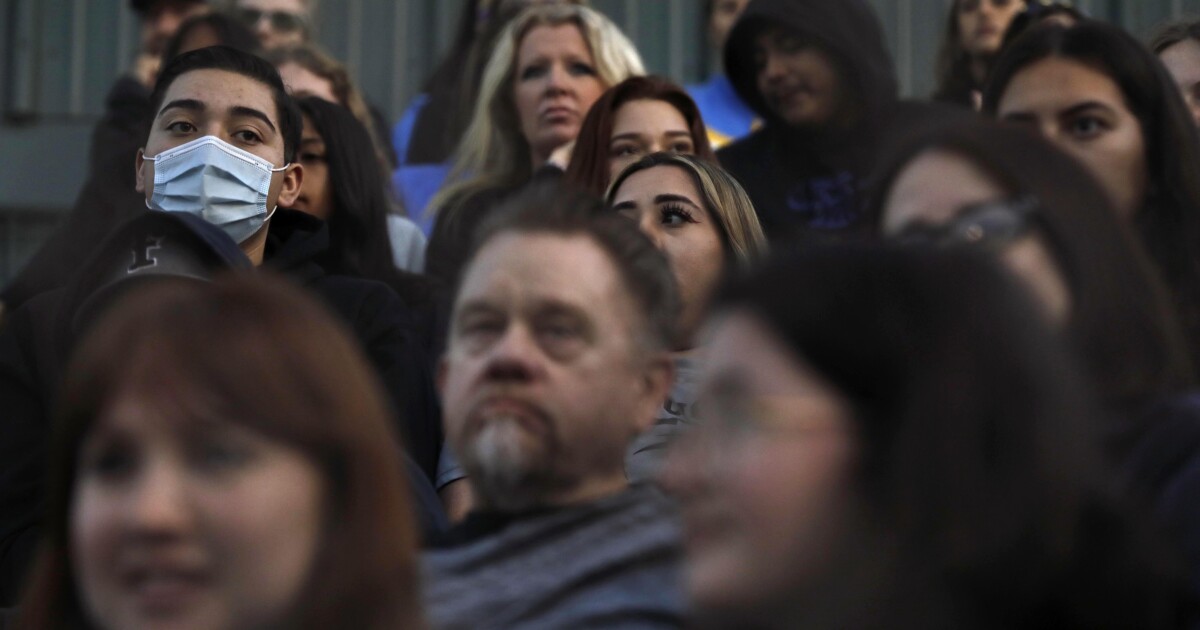Contents

ILLUSTRATION BY EMILY SCHERER
It was a slow week of polling over the holiday weekend — happy birthday, USA — and the FiveThirtyEight midterm election forecast hasn’t changed much since we launched it last week. Republicans have an 86 percent chance of winning control of the House in November according to the Deluxe version of our model. But the Senate is much closer to a toss-up, with Republicans at a 53 percent chance of a takeover. Both of those numbers are pretty much the same as when we launched the model.
But we’ve seen some movement toward Democrats on the generic congressional ballot, which asks voters which party they would support in an election. Democrats now trail Republicans by 1.6 percentage points in the FiveThirtyEight average. That compares with a 2.3-point deficit on June 24, when the Supreme Court announced in Dobbs v. Jackson Women’s Health that it would overturn Roe v. Wade.
Why make a huge deal of the difference between 2.3 points and 1.6 points? Well, I’m not making a huge deal of it. But because of the way our polling average is designed, it’s a bigger deal than it might seem at first glance.
The truth is, when you design any sort of model, it’s rarely as simple as just following the data. Rather, you have a lot of choices to make. One of the most important ones is how sensitive a model or an average is to new data. It’s obviously possible to err in either direction. There’s a lot of noise in polling averages, and you don’t want a model that does acrobatics in response to every new poll, especially when it’s still many months out from the election and most voters are thinking more about what kind of meat to grill than about whom to elect to Congress.
But polls can and do change in response to big news, and Roe being overturned — probably the most well-known Supreme Court decision of the past 50 years — is big news.
The political consequences of overturning Roe v. Wade
Usually, the generic ballot is a noisy measure, and if you know nothing about what’s causing the changes, the best empirical strategy is to be quite conservative in updating the average. If the polls move by several points and there’s no real underlying cause, it’s probably just noise.
After all, most people — even most people who vote in congressional elections — are not following the news intensely on a day-to-day basis. Cable news ratings, for instance, reflect a tiny fraction of the American population: The most-watched cable news program is seen by something like 1 percent of Americans on a typical night.
So, in figuring out whether shifts in a polling average represent signal or noise, the model averages out lots of times when there’s nothing much going on and a few times when there is. The safe bet is usually “probably mostly noise, awaiting more evidence of signal.”
Supreme Court overturns Roe v. Wade | FiveThirtyEight Politics Podcast
But given that we do have a huge story on our hands, let’s do a direct before-and-after comparison. Six pollsters have released generic ballot polls both before and after the Dobbs decision. All six of those polling firms have shown a shift toward Democrats. On average, Democrats trailed by 1.3 points in the pre-Dobbs version of these polls but led by 1.5 points in the most recent ones, a shift of almost 3 points toward the party.
Since Dobbs, generic ballot polls have shifted toward Democrats
Generic ballot polls conducted before and after the Supreme Court’s Dobbs v. Jackson Women’s Health decision
| Pollster | Pre-Dobbs | Post-Dobbs | Shift |
|---|---|---|---|
| Big Village | D+1 | D+6 | D+5 |
| Rasmussen Reports | R+8 | R+5 | D+3 |
| Emerson College | R+3 | R+2 | D+1 |
| Harris Poll | R+2 | EVEN | D+2 |
| YouGov/Yahoo News | D+4 | D+7 | D+3 |
| Morning Consult/Politico | EVEN | D+3 | D+3 |
| Average | R+1 | D+2 | D+3 |
If this persists, then our generic ballot average — and also our midterm model — will eventually catch up and move toward Democrats. Of course, that might not happen. The change could still be a statistical quirk. Or it could be temporary, an artifact of partisan nonresponse bias. That is, if Democrats are more engaged than Republicans by news of the Supreme Court’s decision — and there’s evidence to suggest they are — they may be more likely to respond to polls for some period of time, at least until the next news story takes hold. Then again, if Democrats are more motivated than Republicans to vote by the decision, that could help them in a real way in November, too.
Bottom line: Most of the time, polling averages are exceptionally useful, but be wary of using them in ways in which they weren’t intended. The FiveThirtyEight generic ballot polling average is designed to be conservative and slow-moving and not really equipped to deal with breaking-news developments. That our generic ballot polling average is steady in reaction to the news doesn’t really prove anything either way, then. But because of the Dobbs decision, there may be some electoral upside for Democrats beyond what our model currently shows.




